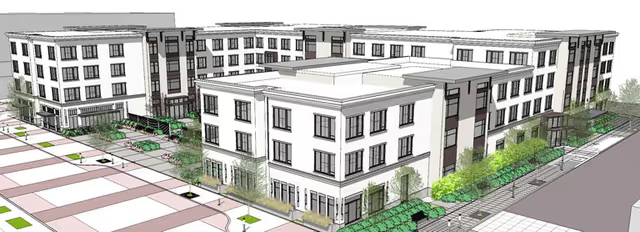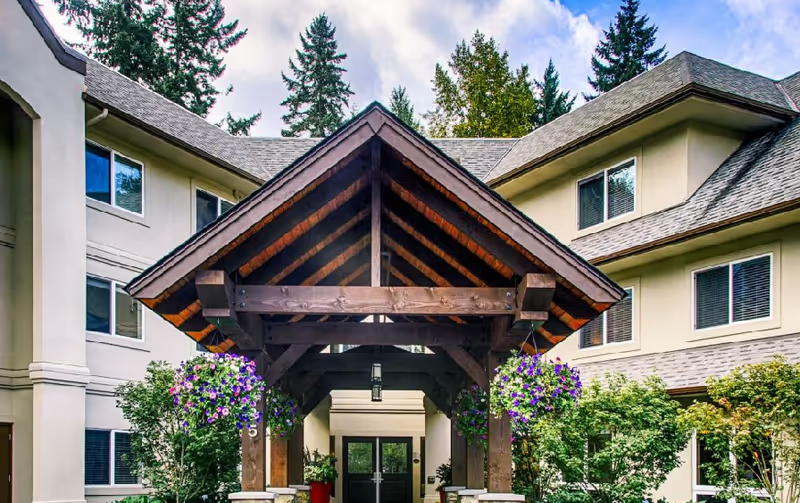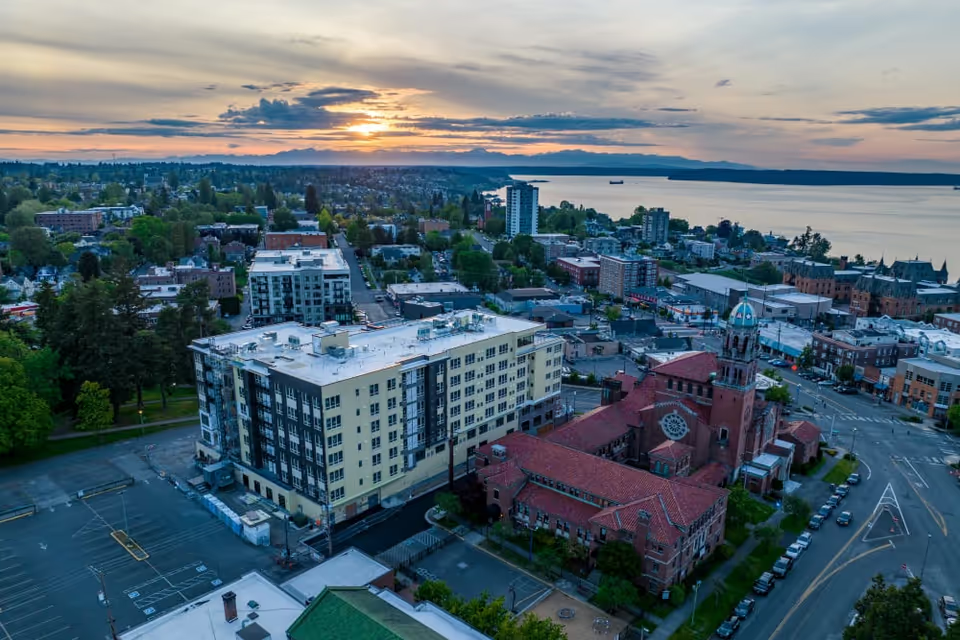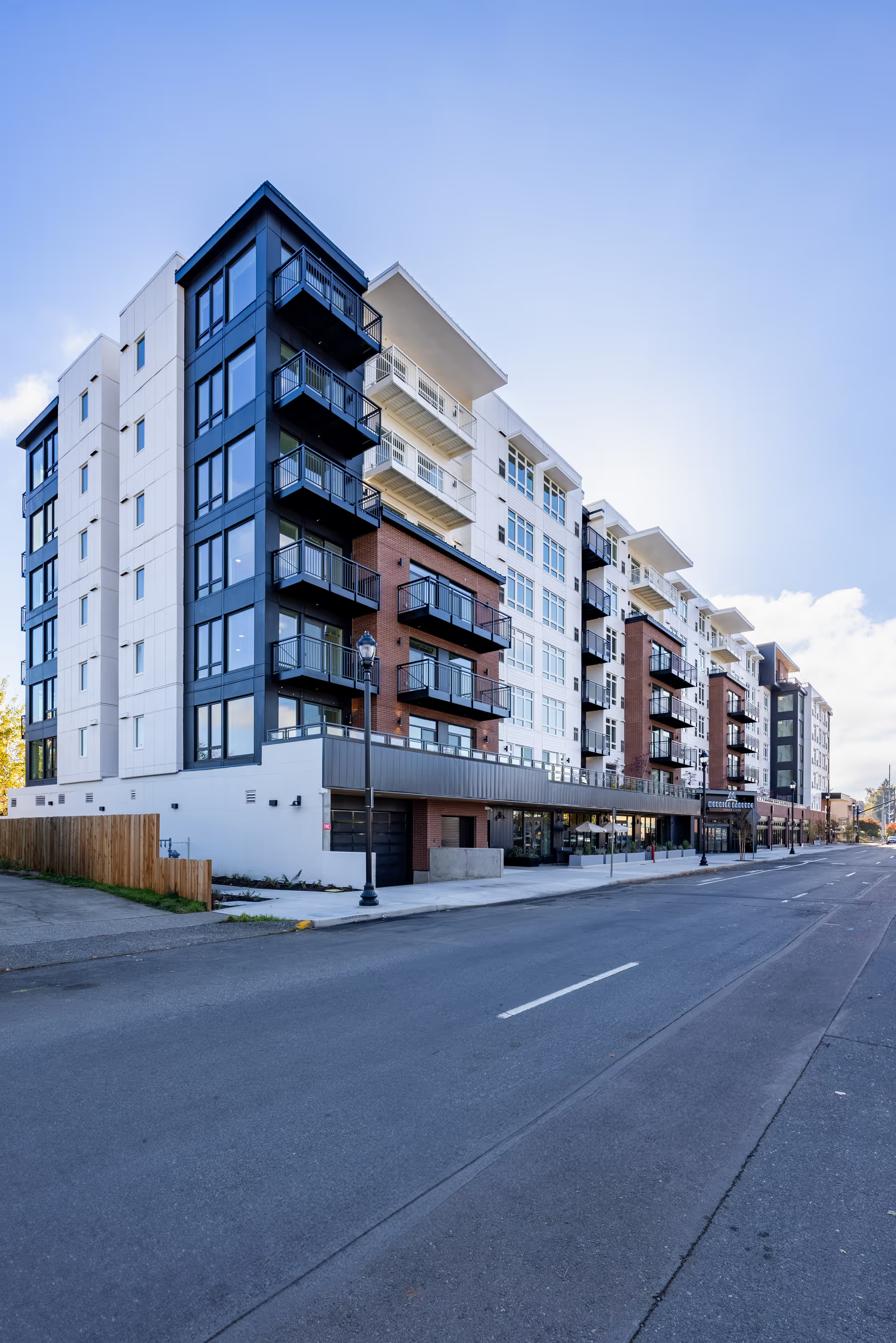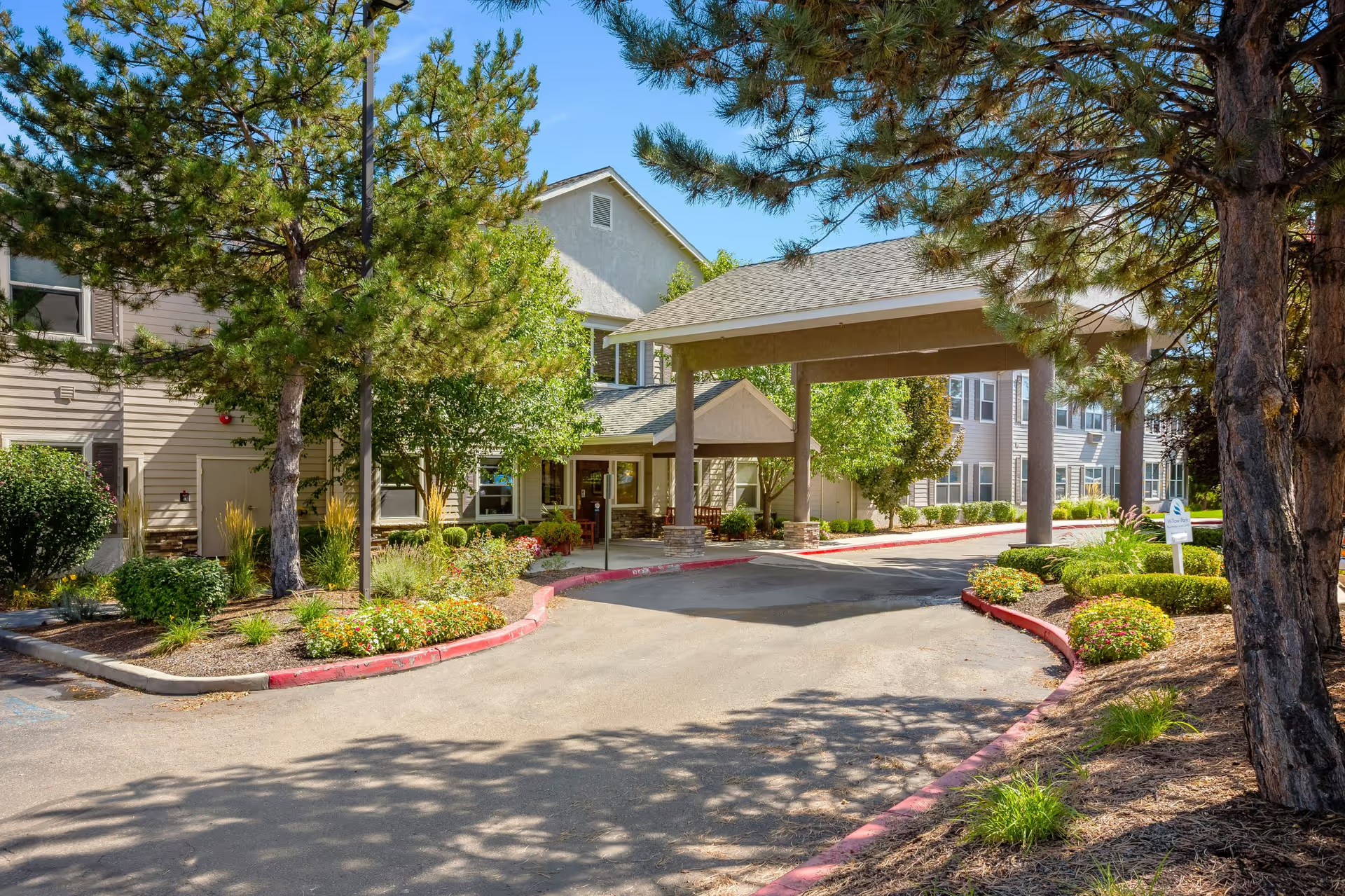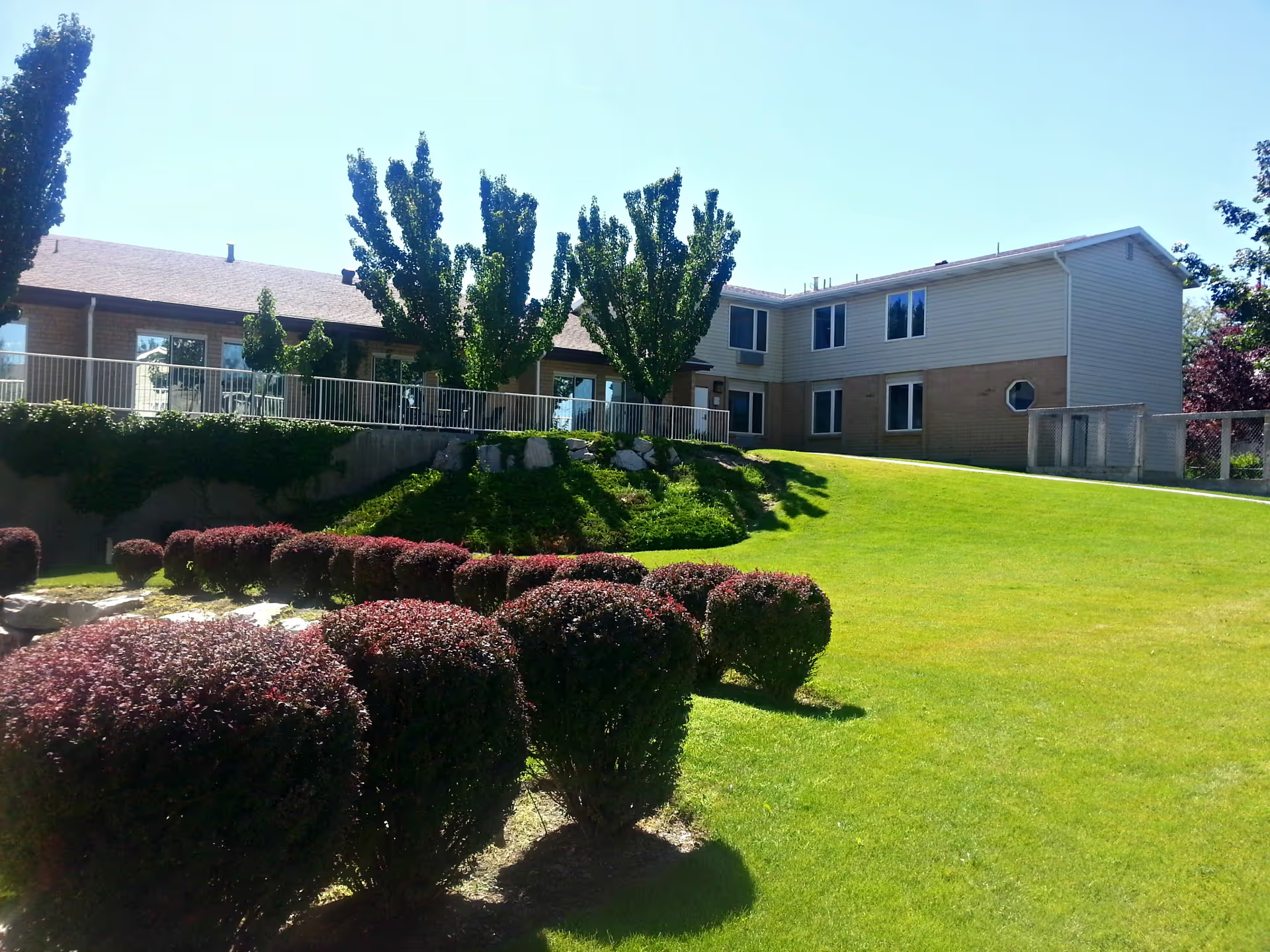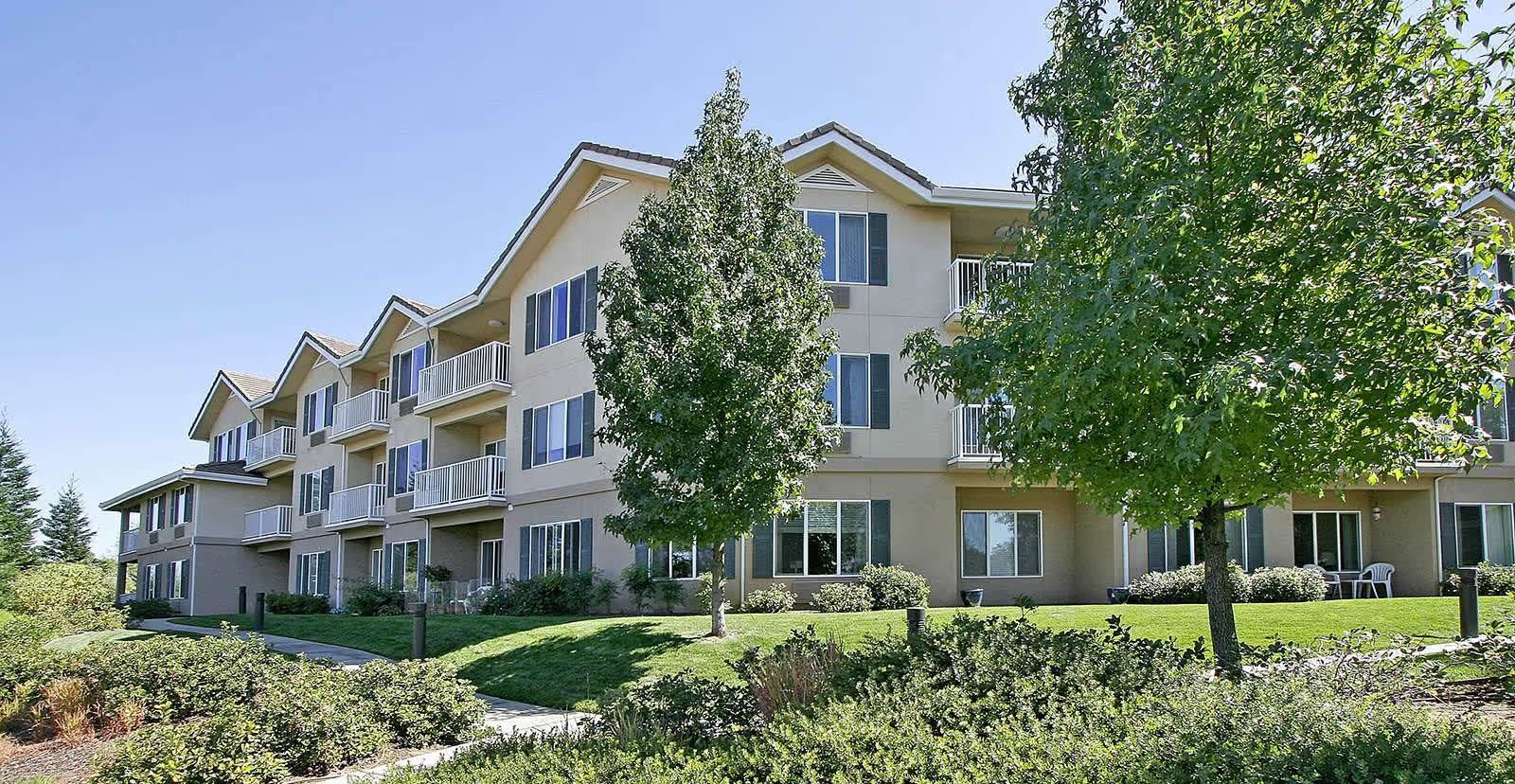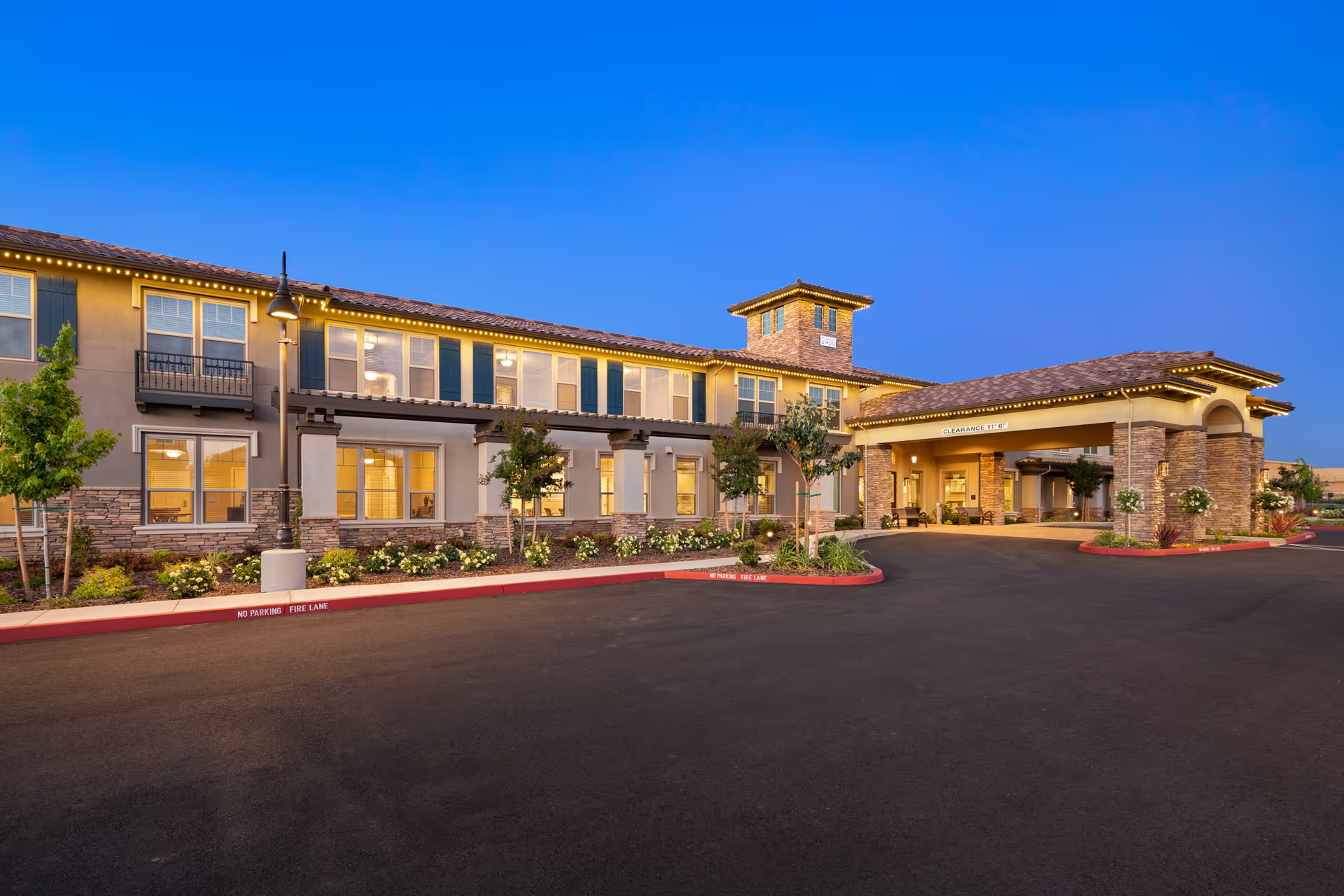Overall sentiment in the provided reviews is mixed, with a clear split between very positive impressions of direct caregivers and significant concerns about clinical oversight and medical management. Multiple reviewers praise the aides and caregiving staff — describing them as amazing, loving, patient, kind, and dedicated — and several comments highlight a home-like environment where staff know residents personally and provide family-like care. These positive reports suggest that the facility succeeds at creating a warm, personal day-to-day atmosphere and that the frontline caregiving team is a strong point for many families and residents.
However, overlaying that positive picture are serious and specific complaints about clinical care and management. One reviewer described a rapid decline over three weeks culminating in a fall with a head injury; according to that summary, there was no follow-up or diagnostic testing, and the resident’s cognitive status changed drastically while nursing staff reportedly told the family the condition had not changed. That account implies delayed or inadequate medical response, poor incident follow-up, and possible lapses in clinical assessment/documentation. There is also a report of unauthorized medication changes, which raises additional safety and communication concerns. Several reviews explicitly state that families must "stay on top" of the nurse or director, indicating variability in responsiveness from supervisory or clinical leadership.
Staffing and interpersonal care are consistently noted as strengths. Reviewers repeatedly call out aides and caregivers as attentive and patient, and several emphasize that residents are treated like family. This pattern suggests that the facility’s culture at the direct-care level is compassionate and resident-centered. The ‘‘home-like setting’’ comment supports the idea that the physical and social environment is comfortable and feels personal to residents and families.
Management, clinical oversight, and communication emerge as the principal areas of concern. The negative reports focus on timeliness and adequacy of medical response, lack of diagnostic follow-up after a significant fall, unacknowledged or unexplained cognitive decline, and alleged unauthorized medication changes. These are substantive safety and quality-of-care issues that contrast with the positive assessments of caregiver demeanor and the facility atmosphere. The recurring admonition that families need to actively monitor the nurse or director suggests that escalation and advocacy mechanisms may not be consistently effective or that communication from leadership is uneven.
Other operational details are sparse in these summaries. COVID visiting restrictions were mentioned as a negative factor, which may have affected family oversight and visitation during pandemic periods. There is no specific information in the provided reviews about dining quality, activities programming, cleanliness, physical plant conditions beyond being described as "home-like," or staffing ratios. Because those areas are not covered in the summaries, no firm conclusions can be drawn about them from this dataset.
In synthesis, the reviews describe a facility with strong, compassionate direct-care staff and a warm, home-like atmosphere, but with notable and potentially serious concerns about clinical responsiveness, post-incident follow-up, medication management, and supervisory communication. The most prominent pattern is this dichotomy: excellent hands-on caregiving contrasted with reported lapses in medical oversight and administrative responsiveness. Prospective residents and families should weigh the importance of day-to-day interpersonal care against the reported clinical and management risks, and they may want to ask the facility specific questions about incident response protocols, medication change policies, nursing supervision, diagnostic follow-up procedures, and how family concerns are escalated and documented.
